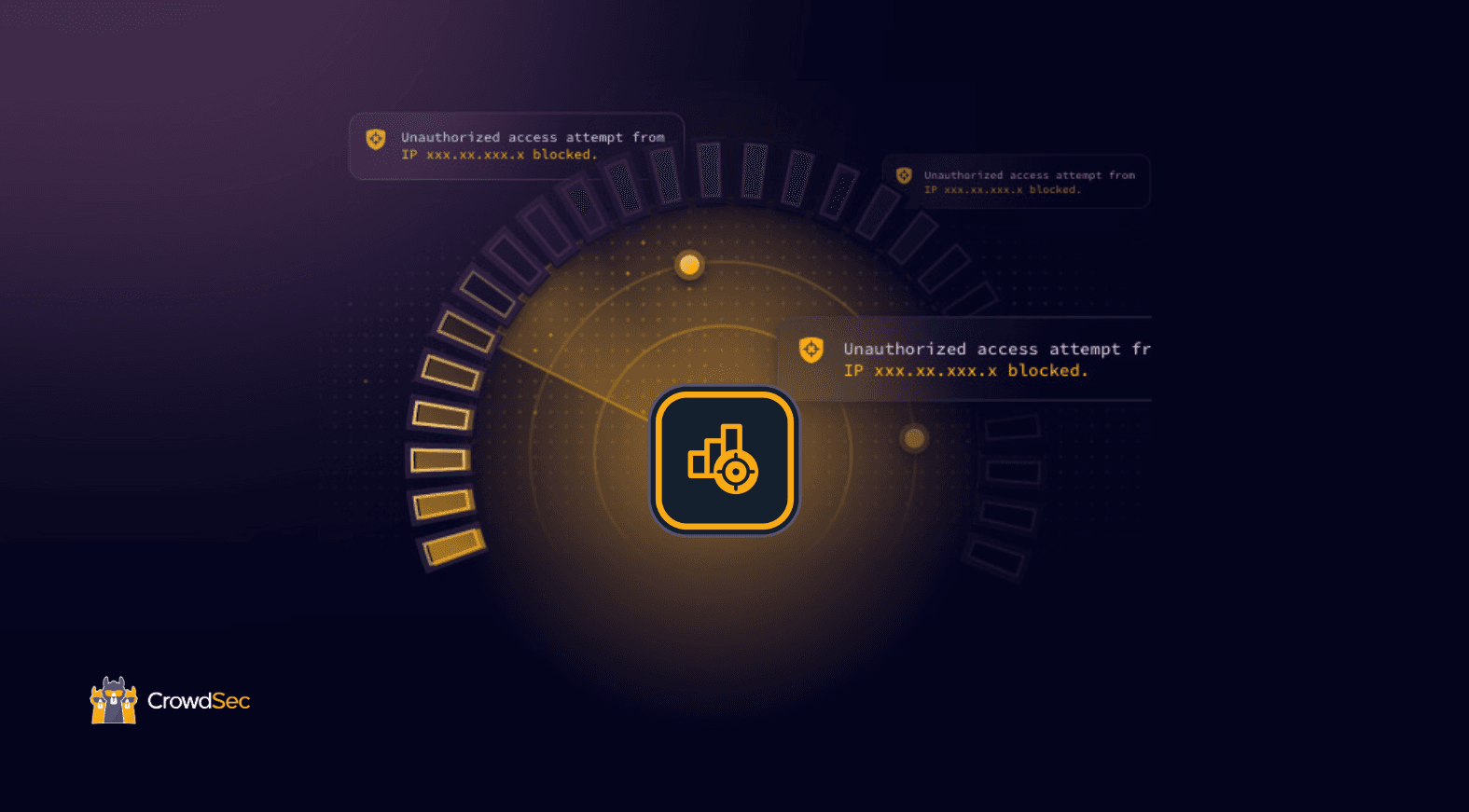
Multimodal Offensive AI: The Next Frontier in Offensive AI and A Wake-Up Call for Cybersecurity
Artificial Intelligence is already transforming the world of cybersecurity, with powerful models assisting in defense, detection, and automation. But what if AI wasn’t just defending networks — what if it was actively attacking them?
Our latest ebook on Multimodal Offensive AI explores a future where AI isn’t just a tool for cyber defense but also a powerful enabler of cyber threats. This 40-page, research-backed, and industry-endorsed deep dive is a wake-up call for security professionals, IT teams, and businesses of all sizes.
The rise of AI-driven cyber threats is not a distant possibility, it’s already beginning.
Prepare for the Next Evolution of AI-Driven Threats
Understanding the rise of MOAI is critical for anyone working in cybersecurity, IT, or risk management.
Download ebookWhat is Multimodal Offensive AI and why should anyone care?
Multimodal Offensive AI, or MOAI as we call it, is an AI-driven cyber attack system that can automate the work of human hackers. Acting as an automated Initial Access Broker, MOAI’s goal is to infiltrate IT systems and hand over access to malicious operators. These AI-powered agents learn from vast data sources, perfecting their attack strategies by analyzing real-world cybersecurity scenarios, public CVE databases, and extensive research papers. By leveraging these sources, MOAI continuously refines its methods, making it a formidable force in cybercrime.
MOAIs aren’t just theoretical, they are the logical next step in the evolution of AI and cybercrime. With machine learning models already surpassing human capabilities in many domains, cybersecurity is no exception.
How MOAIs can change the cyber threat landscape
MOAIs have the potential to redefine social engineering attacks, moving beyond generic phishing attempts to highly sophisticated deception campaigns. By analyzing an organization’s employees, their social network activity, and their professional connections, MOAI can craft targeted phishing lures with generative AI, mimicking trusted figures in text, voice, and video.
What’s more worrying, though, is the potential to also perform sentiment analysis to identify employees who may be financially vulnerable or disgruntled, making them prime targets for bribery in exchange for their credentials. This level of precision makes traditional social engineering tactics look primitive in comparison.
This capability can be devastating at the hands of cybercriminal groups like LAPSUS$, who have never been shy in their endeavors to recruit disgruntled employees willing to provide initial access to their company’s systems in return for money.
MOAI systems can act as autonomous cyber adversaries, scanning corporate attack surfaces and mapping exposed systems, utilizing immense technical capabilities. Once potential entry points are identified, they can execute brute force attacks, inject malicious payloads, and exploit known vulnerabilities at machine speed.
Unlike human hackers, MOAI doesn’t need rest, and it continuously learns from cybersecurity competitions, hacking tutorials, and real-world breach data to refine its techniques. With AI accelerating every phase of an attack, organizations will have less time than ever to detect and respond to cyber threats.
MOAI-as-a-Service?
As history has shown, when powerful cyber tools emerge, they eventually become commoditized. Just as Ransomware-as-a-Service (RaaS) allowed low-skilled attackers to conduct sophisticated extortion campaigns, MOAI-as-a-Service (MOAIaaS) could soon provide advanced AI-driven hacking capabilities to cybercriminals of all levels.
This evolution will drastically lower the barrier to entry for cybercrime, allowing even small-time threat actors to launch highly advanced attacks with minimal effort.
The potential impact on global cybersecurity cannot be overstated.
The case for collaborative defense
The rise of Multimodal Offensive AI demands a shift from traditional, isolated security measures to a more collective, intelligence-driven approach.
No single organization can withstand the power of AI-driven cyber threats alone. Collaborative defense is the only viable path forward.
CrowdSec has long championed the concept of shared cybersecurity intelligence, where defenders pool their knowledge and resources to combat emerging threats. Against MOAIs, this approach is more crucial than ever. With shared information on attack patterns, real-time threat intelligence, and AI-powered defense mechanisms, security teams can outpace and outsmart attackers and neutralize threats before they escalate.
Beyond just sharing Indicators of Compromise (IoCs), security communities must adopt AI-assisted threat detection, automated anomaly analysis, and real-time collaboration across industries. Just as attackers use AI to scale their operations, defenders must harness AI-driven automation and collective intelligence to build a proactive security posture.
The emergence of MOAI-as-a-Service will further accelerate cyber threats, making these collaborative efforts essential. If cybercriminals can rent offensive AI capabilities, then defenders must embrace a community-driven AI defense model that adapts just as quickly.
“While MOAIs will likely become part of the attacker toolbox, a similar approach can be used to empower defenders to proactively identify and mitigate threats their company may be facing by analyzing their own infrastructure or simulating a full-scale attack.”
David Grout, CTO & Senior Presales Director FBNL3I at Google Cloud Security
A call to action
Understanding the rise of Multimodal Offensive AI is critical for anyone working in cybersecurity, IT, or risk management.
This Multimodal Offensive AI ebook doesn’t just outline the dangers ahead — it calls for action. The only way to counter AI-driven cyber threats is through AI-enhanced, community-powered defense. The future of cybersecurity does not lie in isolated fortresses, but in networks of defenders united against a common, intelligent adversary.
Don’t wait until MOAIs are a widespread reality, start preparing now! Download the MOAI ebook and take the first step in understanding the next evolution of cyber threats.
Prepare for the Next Evolution of AI-Driven Threats
Understanding the rise of MOAI is critical for anyone working in cybersecurity, IT, or risk management.
Download ebook

